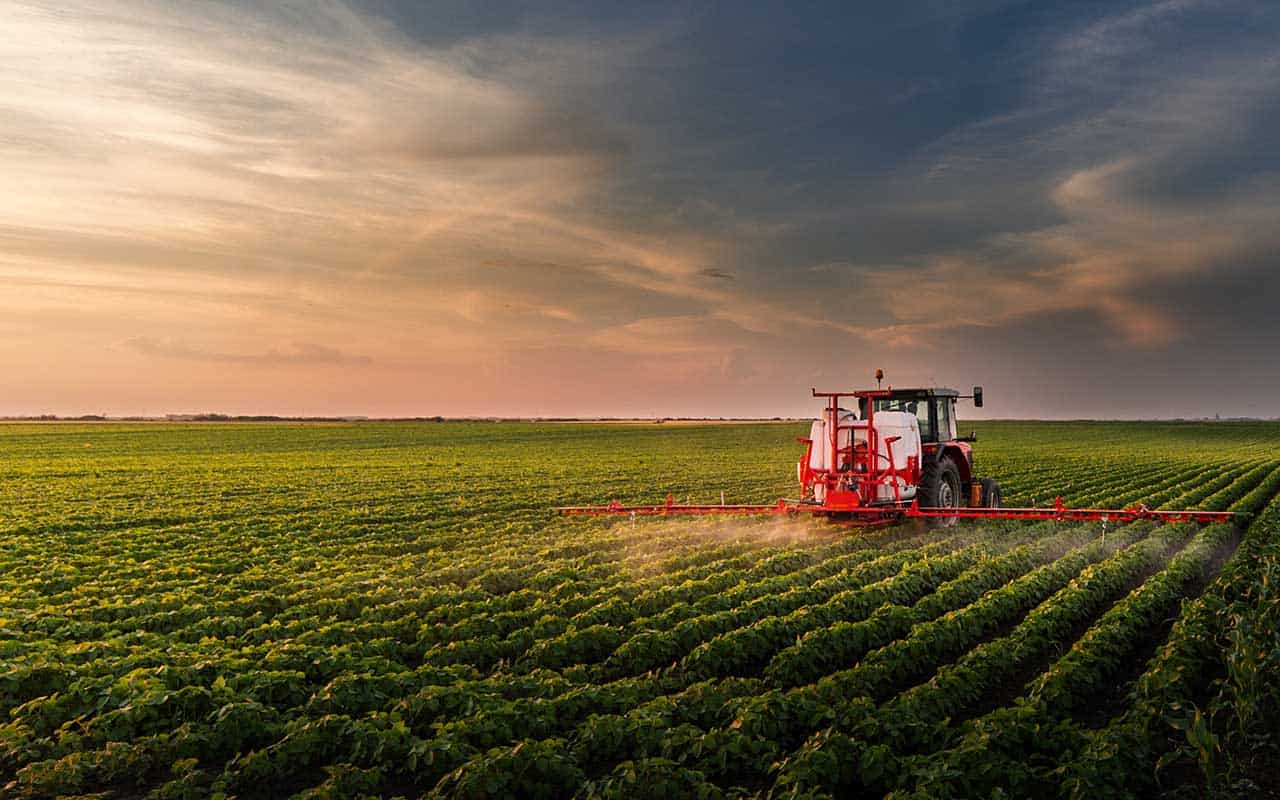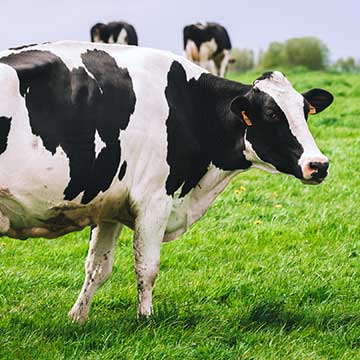This Month’s Featured Article

Farming Legislation
 Oftentimes it has crossed my mind how much new legislative effort is being undertaken to help make life better, as in profitable, for farmers. While many folks tend to equate farming with the wide open spaces of the Midwest, those of us who live in the Hudson Valley and further upstate in New York are well aware that farming is a key component of what contributes mightily to a functional economy. But it surely is not as easy as farmers might make it look to those of us on the outside, who might erroneously look upon a farmer as someone who tools around atop a tractor all the livelong day. For our purposes here today, dairy will receive a heavy dose of attention.
Oftentimes it has crossed my mind how much new legislative effort is being undertaken to help make life better, as in profitable, for farmers. While many folks tend to equate farming with the wide open spaces of the Midwest, those of us who live in the Hudson Valley and further upstate in New York are well aware that farming is a key component of what contributes mightily to a functional economy. But it surely is not as easy as farmers might make it look to those of us on the outside, who might erroneously look upon a farmer as someone who tools around atop a tractor all the livelong day. For our purposes here today, dairy will receive a heavy dose of attention.
Income support
In the grand scheme, income support for American farmers is seemingly never not at the heart of various and sundry federal and state legislation that’s found its way into law over the years. How do those efforts work out? Seems as good a time as any to take a look at some of those legislative endeavors and what sort of impact they may have had. For some reason, my grey matter seemed to think there would be neat, tidy outcomes to these exercises, which is surely something I cooked up in my dreams and nowhere near reality. As we quickly discover here, one might guess it would require an infinite number of pages to fully flesh out the issues presented here, so for now we’ll simply have to live with the thumbiest of thumbnail sketches.
Ag assessments and unreasonable regulations
In 1971, the New York State Legislature adopted the New York Agricultural Districts Law, designed “to protect and promote the availability of land for farming purposes. It allows reduced property tax bills for land in agricultural production by limiting the property tax assessments of such land to its prescribed agricultural assessment value.” In the ensuing 50-plus years, various amendments have, as these things have a habit of doing, expanded the scope of this legislation.
To Eric Ooms, whose family was dairy farming in the Netherlands as early as 1525, and who nowadays milks 400-plus cows in the Valatie, NY-based family business, “I think we’re going to have even more appreciation for this [ag assessment law] as we go along. It makes a big difference for agriculture in general.” Ooms, who also serves as vice president on the NY Farm Bureau board and on the Hudson Valley AgriBusiness Development Corporation board, added, “We pay the exact same property taxes whether we’re here in Chatham or at my brother’s in Malone, NY. Otherwise, you’d pay highest assessed, and especially in this area that highest assessed can be a real problem. Welcome to living where we live.”
The prime mover behind the 1971 law was Cornell-educated agricultural economist Howard Conklin, who developed a land classification map of the entire Empire State that depicted the economic viability of agricultural land, which in turn would encourage farming by real estate tax abatement and minimization of urban pressure. But even Conklin wasn’t optimistic that in all cases keeping assessments at a reduced level as a stand-alone solution would save every farm, as evidenced by this:
“The possibility that farm-value assessments can prevent the spread of urban uses to farmland has been discussed at great length and answered in the negative. Real estate taxes cannot be reduced enough to assure that farmers will refuse to accept high urban offers for their land. Even the complete elimination of farm real estate taxes probably could not make farming that attractive,” wrote Conklin and William G. Lesher in Farm-Value Assessment as a Means for Reducing Premature and Excessive Agricultural Disinvestment in Urban Fringes.
On the other hand, it appears – judging from Ooms’ comments – that alleviating taxation pressures may indeed have proven an A-#1 solution to some of a farmer’s financial ills.
Ag assessments “probably benefit eight million acres of land” in New York, said Mark Twentyman, who was a student of Conklin’s at Cornell and who retired several years ago as agricultural valuation specialist with the state. “Early on, farmers began to recognize the benefit of the law.”
Perhaps just as critical, Twentyman pointed out, the 1971 law also limited unreasonable local regulation on farming practices. Since most of us seem to have grasped the concept that the cow that supplied the prime rib on the dinner plate wasn’t produced in the back room of the grocery store, what sort of thing are we talking here, one might ask? Let’s think spring, when farmers are known to spread manure on the fields on which oftentimes is grown the grasses that fed that cow. At times that manure has been known to offend the olfactory senses. Does it seem like a good idea to anyone to deny the farmer that right by some ill-conceived local law?
Dairy termination program
The salvation of the dairy industry was how Dairylea, Inc. president Clyde Rutherford saw the “whole herd buyout” provision in what was then the upcoming 1985 Farm Bill. “We in the Northeast feel the whole herd buyout concept would have the least effect on agriculture of any program we could expect to see developed,” Rutherford told the Associated Press at the time. Did Rutherford have ulterior motives? That’s a discussion for another day.
The sale of dairy cattle for slaughter and those farmers to then quit dairy farming (those farmers would keep their land and be able to use it to grow crops) for at least five years lay at the heart of the program, with the ultimate goal of reducing milk production by twelve billion pounds annually, thus maintaining higher milk prices for farmers. Coincidentally, this was a time when the consensus thinking among those in the industry had it that 30 percent of the country’s dairy farmers were on the precipice of calling it quits for good.
Under the buyout, a farmer opting to sell out was required to submit a bid for their herd – applicants to the program handed in bids that ranged from $4.50 to $150 per hundred pound of annual production. The bidding process spawned some wildly divergent thoughts. Some were concerned that between neighboring farmers, one might well make a bid of $5 and the other a bid of $35, thereby creating some friction-inducing inequities. Farmers in varying parts of the country could be carrying vastly different debt loads and reside in an area with higher or lower land values, thereby skewing the value of the herd and, at the end of the day, leave one with a bagful of cash and the other with little.
Cattlemen, in turn, held the dimmest of views of the dairy buyout, to the extent that the buyout program wasn’t underway more than two months before they were seeking north of $200 million in damages from Congress. To them, beef cattle prices were artificially depressed when a preponderance of dairy cattle hit the slaughterhouse all at once.
Did the whole-herd buyout plan work as intended? To one Minnesota farmer, who sold his 133 cows for close to $500,000, the answer was not particularly, in that in the long run it didn’t solve the problem. Further, in the eyes of some, such as the Minnesota agriculture commissioner, it may have turned out worse than that: “All of a sudden, the image is that they got on the dole. As far as I’m concerned, it’s a disaster. Ten percent of our single largest industry got wiped out by one stupid program,” he told the Gannett News Service.
Milk production insurance
What has proven a bright orange life jacket to dairy farmers, according to Jim Davenport, is the Dairy Margin Coverage Program (DMCP), newly constituted in the 2018 Farm Bill to replace the Margin Protection Program for Dairy (MPPD). This is a voluntary risk management program for dairy producers.
Davenport, proprietor of Tollgate Holsteins in Ancramdale, NY, which has earned recognition for its exceptionally high quality milk, explained that the DMCP is the stepchild of the 2002 Farm Bill’s MPPD, which introduced what might best be described as insurance to help support the milk price for dairy farmers.
Nowadays, he said, “What all farms can use is the Dairy Margin Coverage Program. Economists come up with the margin between the cost of feed and the price of milk. They felt that $9.50 was the limit on what you could use as a base. If the margin dips below $9.50, when the price of milk is down and the feed inputs are up, then you start to get a payment from the government. You can choose at what level you want to insure. Ninety-five percent of my production is covered at $9.50, which is the level I choose.”
When high milk prices recently skyrocketed thanks to supply chain issues and the like, simultaneously feed prices were “out of this world,” thereby creating a relatively level playing field on both ends. Looking ahead, however, an imbalance is expected when milk prices drop and “grain prices remain out of this world. I’ll get my premium back in two months, and then after that it will help my bottom line,” Davenport explained.
“I can’t imagine there are too many that don’t sign up for the protection. It’s such a no-brainer,” he said. Almost as an aside, Davenport added, “We are really good at producing milk in this country.” To which Ooms chimed in, “There have always been problems with overproduction. We struggle with it now.”
Sources: Palladium Times, New York Times, Utica Observer-Dispatch.



